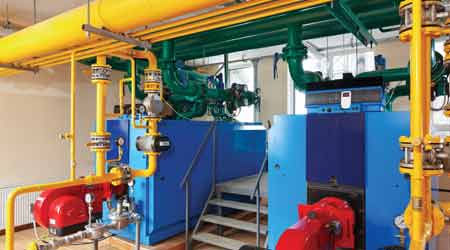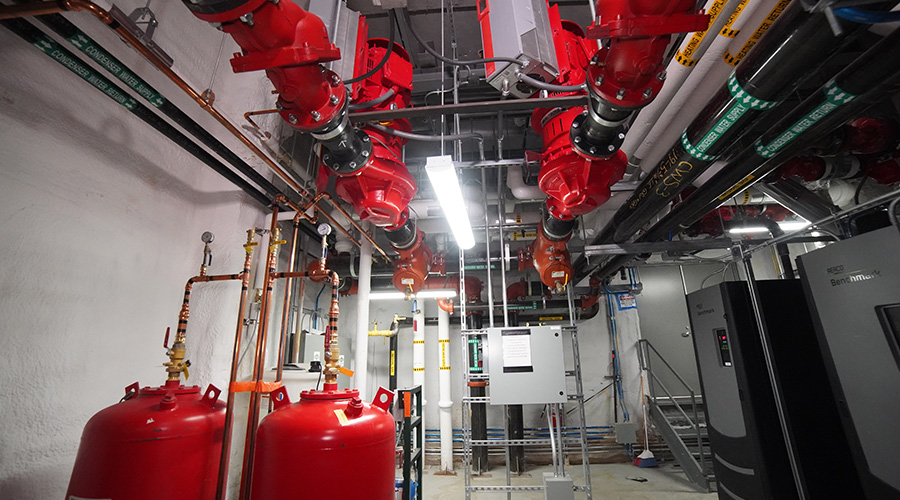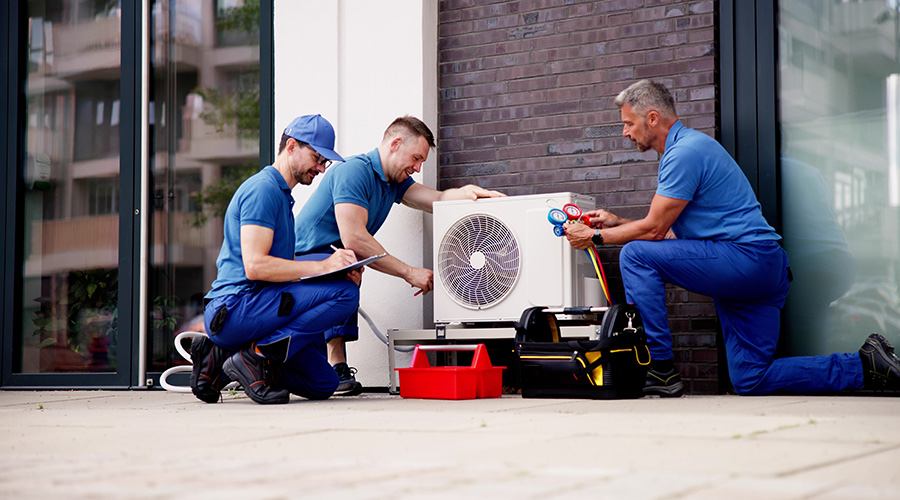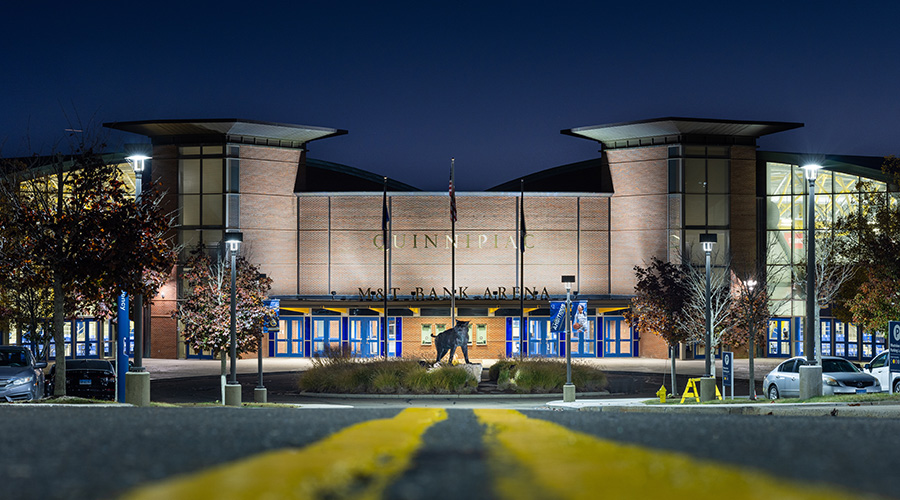 Knowing an organization's budget planning and approval cycles is essential to delivering successful upgrades.
Knowing an organization's budget planning and approval cycles is essential to delivering successful upgrades.HVAC: The Path to Reliability and Efficiency
Understanding long-term goals and specific upgrade components can help managers deliver successful projects.
Maintenance and engineering managers face a host of challenges related to the operation of HVAC systems in institutional and commercial facilities. Among the demands are reliability, energy efficiency, indoor air quality and occupant comfort and control.
In some cases, meeting expectations for system operation requires new equipment. Whether the condition of existing systems warrants a full-scale upgrade or system replacement or just component replacement to maintain the status quo, managers need to consider a number of important criteria.
Taking the long view
Of all the engineered systems in facilities, HVAC systems are among the most likely to feel the impact of changing needs, expectations and loads. From a longevity viewpoint, they also have components with the shortest life expectancies. These systems have a direct interface with building occupants and users. When something goes wrong or is not functioning properly, they are the first to know.
Combining these factors with the reality that HVAC systems are usually top of the list in most standard energy management initiatives means managers and their staffs are likely to be dealing constantly with some aspect of HVAC system modifications.
Long-term planning is essential for managers undertaking a successful program to manage, perform, and evaluate necessary upgrades of HVAC systems. This planning must be done years in advance and in coordination with overall strategic facility operation and ownership master plans. No manager wants to upgrade a system in an area that is slated to be renovated in the next two years, for example.
Managers need to be methodical in their planning for upgrades in terms of scope, budget and timing. Knowing an organization’s budget planning and approval cycles is critical. The least helpful approach is to surprise C-suite leadership with urgent and last-minute requests for capital.
Planning also needs to realistically recognize the disruption factor of HVAC upgrade projects. Conducting an HVAC upgrade project in an occupied and operational facility can create a multitude of unwanted and avoidable challenges.
Early planning of any upgrade begins with the end in mind. Managers must make sure they are answering the right questions: What are the real drivers of an upgrade effort? What are the real objectives? The answers to these questions vary:
• reducing risk of failure
• improving indoor air quality and thermal comfort
• handling an increased load
• improving energy efficiency
• enabling adaptive reuse of the spaces served
• meeting new regulatory requirements.
These drivers and objectives will impact decision-making with respect to urgency, scope, and the degree to which owners are willing to put up with disruption. Managers need to avoid the trap of thinking they are simply replacing equipment and, as a result, miss opportunities to maximize the investment and achieve broader improvements.
Managers also must determine methods of measuring success. Some upgrade drivers have metrics managers can measure quantitatively, while others are more anecdotal and broad.
The return on investment formula for the effort must be written ahead of time and presented as part of the overall upgrade strategy. This step should be part of developing the owner’s project requirements, which spells out specific outcome objectives and goals.
It should also list specific limitations placed on the effort, such as allowable periods of downtime, switchovers, and service interruptions. While stated desired outcomes might include improved indoor conditions for some parts of a facility, for various reasons they also might include the stated desire for other parts of the facility to see no change.
Early planning also should take into account other existing master plan level programs. Since many organizations operate with a silo mentality, parallel upgrade efforts could benefit from proactive communication.
Managers also should request — and possibly even demand — that those planning an upgrade bring creativity and innovation to the table. Do not assume an existing system or component will automatically be replaced with like-kind. Decentralized HVAC systems might make more sense as an alternative to traditional centralized systems being replaced due to technological advances in controls and components.
Related Topics:














